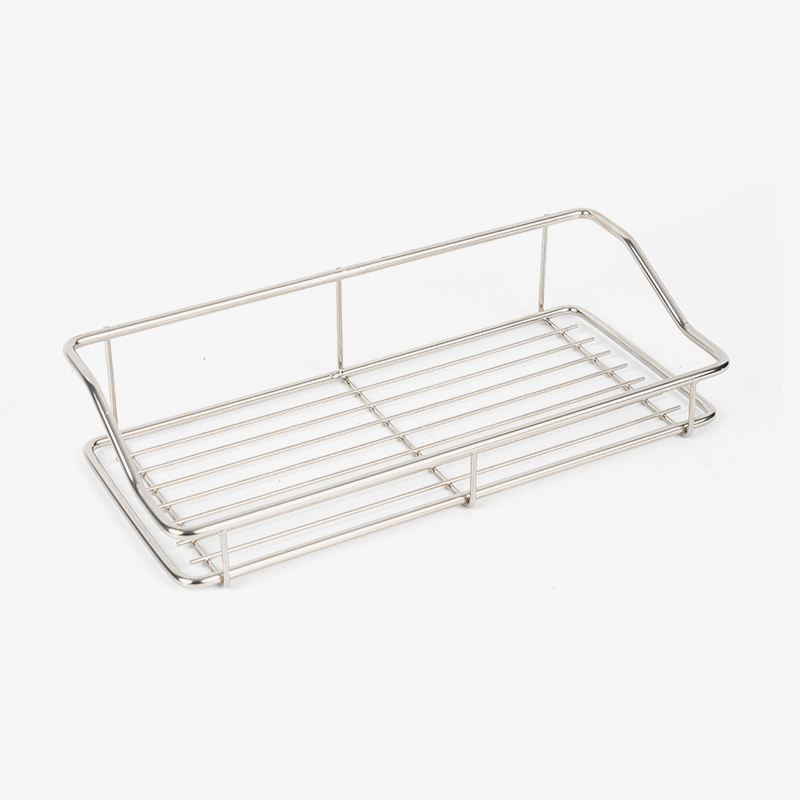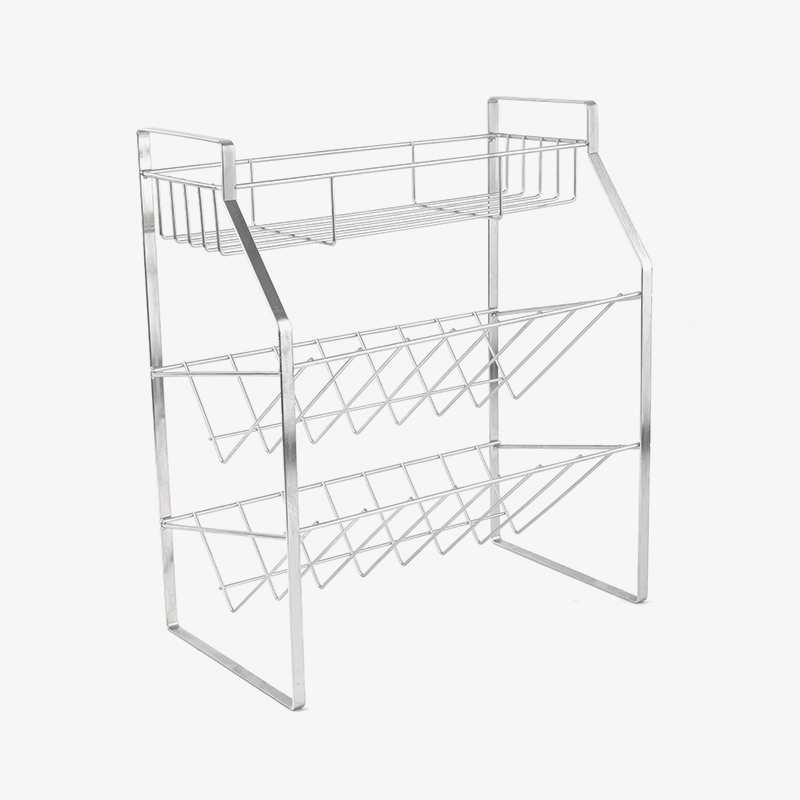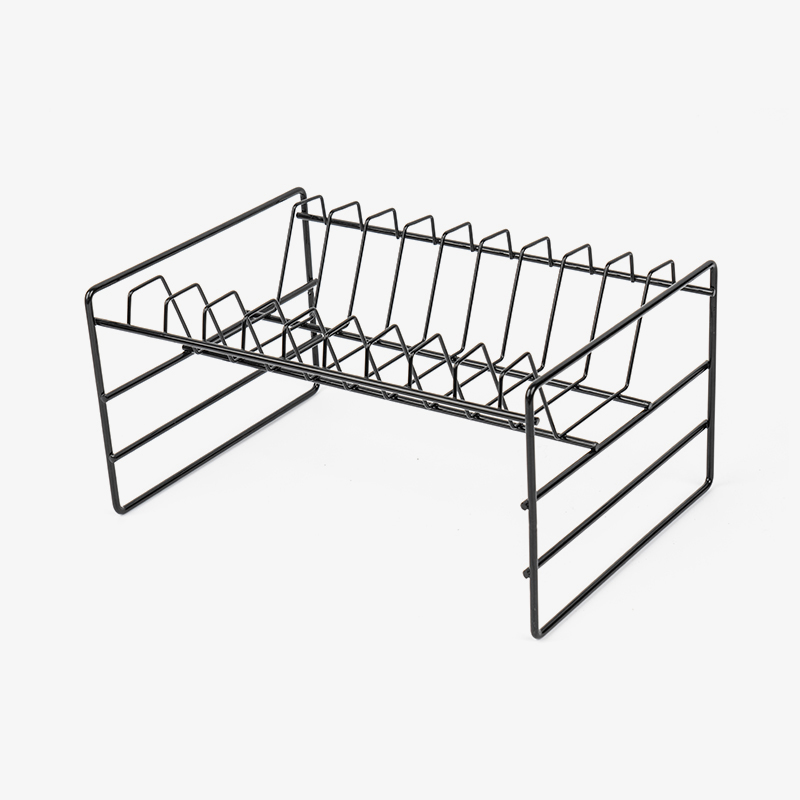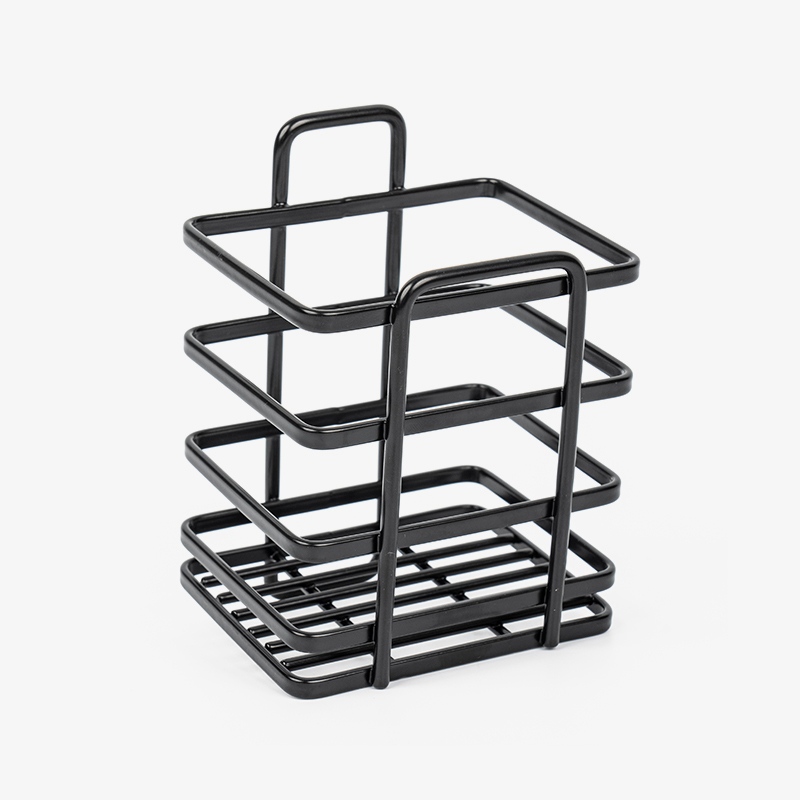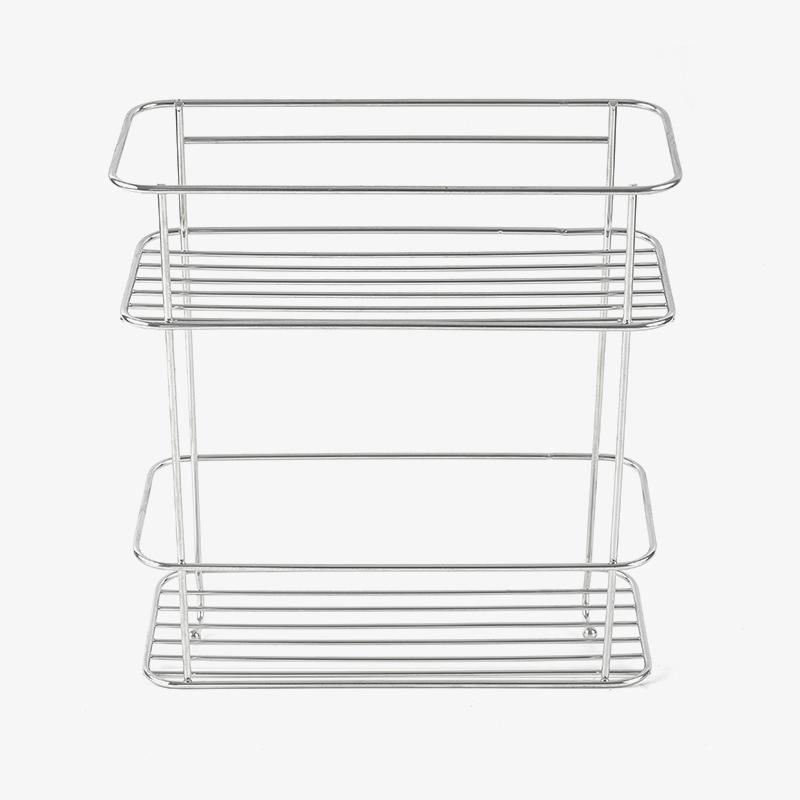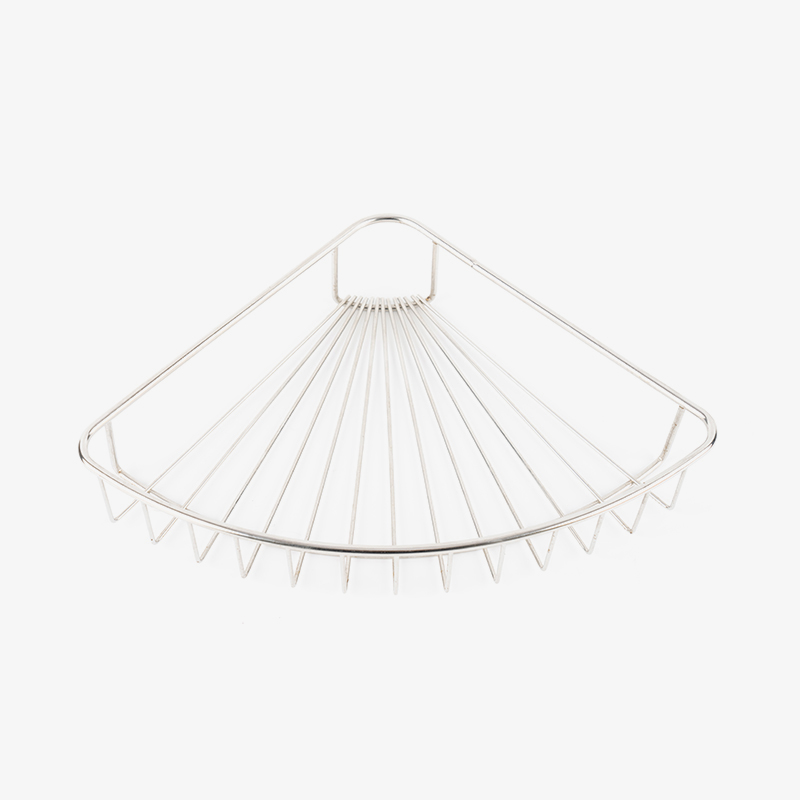In the home storage scene, home storage rack is the core tool to improve space utilization, and the type selection directly affects the user experience. Faced with diversified designs such as open, closed, and modular, how can we scientifically adapt according to the characteristics of the space? This article will conduct an in-depth discussion from three dimensions: spatial structure, functional requirements, and material characteristics.
1. Spatial structure: How to build the basic framework of the storage rack?
The vertical height and horizontal span of the family space are the key basis for the selection of storage racks. For residences with a floor height of more than 2.8 meters, modular combination storage racks are often the first choice. The pillars of this type of storage rack are equipped with grooves, which can achieve precise height adjustment per inch (about 2.54 cm). Taking the remaining 1.2 meters of vertical space under the kitchen wall cabinet as an example, by increasing or decreasing the number of mesh layers, the height of the storage rack can be expanded from 60 cm to 90 cm, easily adapting to pots and spice jars of different sizes, so that every inch of space can be fully utilized.
In terms of horizontal span, narrow corridors (width ≤ 1.2 meters) are suitable for storage racks with a single-side extension design. The combination structure of carbon steel chrome-plated pillars and mesh can extend unidirectionally to the left or right. This design can increase the storage capacity by 40% while keeping the passage unobstructed, solving the problem of storage in narrow and long spaces. The square living room (side length ≥ 3 meters) is more suitable for a central island layout. Four sets of storage racks are enclosed to form a semi-open area, which not only divides the reading corner and storage area, but also avoids the sense of spatial fragmentation, creating a harmonious and unified home atmosphere.
2. Functional requirements: How to drive the structural innovation of storage racks?
Different life scenarios have different requirements for the carrying capacity and dynamic adaptability of storage racks. In the children's room scene, the adjustable shelf design is crucial. The butterfly buckle structure storage rack can bear a single layer of up to 250 kg, and the height of the shelf can be dynamically adjusted with the child's growth stage. In early childhood (0-3 years old), the shelf is set to 30 cm high for convenient storage of toy boxes; in school age (7-12 years old), it is adjusted to 50 cm high to accommodate school bags and stationery; in adolescence (13-18 years old), it is expanded to 70 cm high to place books and electronic devices to meet the needs of children at different growth stages.
The kitchen scene has high requirements for the moisture-proof and anti-corrosion performance of storage racks. Carbon steel storage racks treated with epoxy resin coating have a surface rust rate of less than 0.3% after continuous use for 3 years in an environment with 85% humidity. Its open mesh structure promotes air circulation, extending the freshness of vegetables by 2-3 days, while avoiding the problem of condensation water accumulation caused by temperature difference in closed cabinets, keeping the kitchen dry and tidy.
3. Material characteristics: How to affect the long-term value of storage racks?
Material selection needs to balance durability and environmental adaptability. In humid bathroom scenes, high carbon steel chrome-plated materials show significant advantages. The chromium content is ≥18%, and a dense oxide film is formed on the surface, which can resist the corrosion of chemicals such as shampoo and shower gel. Comparative experiments show that the storage rack of this material has no rust after continuous exposure for 720 hours in the salt spray test, while the ordinary iron storage rack has red rust in only 48 hours, which shows the durability of high-carbon steel chrome-plated material.
For balcony storage scenes that need to be moved frequently, lightweight aluminum alloy is the first choice. Its density is only 1/3 of that of steel, but through the T6 heat treatment process, the tensile strength can reach 310MPa. A family case shows that after using aluminum alloy storage racks to store gardening tools, the overall weight is reduced by 60% compared with steel products, and the position can be adjusted with one hand. Moreover, in the temperature difference environment of -20℃ to 50℃, the aluminum alloy storage rack has no structural deformation, adapting to the complex environmental conditions of the balcony.
4. Dynamic adaptation: What is the future trend of storage racks?
With the development of smart homes, storage racks are evolving from static storage to dynamic management. The newly developed intelligent induction storage rack has built-in pressure sensors and IoT modules, which can monitor the weight changes of items in real time. When children climb or overweight items are placed, the system automatically triggers an alarm and pushes it to the parent's mobile phone to ensure safe use. In the warehouse management scenario, this technology has achieved an inventory accuracy rate of 99.2%, with a false alarm rate of less than 0.5%, improving management efficiency.
Modular design is also evolving to a higher dimension. A laboratory prototype product uses a magnetic connection structure, and users can complete the storage rack form conversion within 10 minutes without tools. From kitchen spice racks to study filing cabinets, to balcony flower racks, this flexible switching design extends the life cycle of a single product by 3-5 times, and reduces the unit time cost by 60%, providing new ideas for future home storage.
From space adaptation to intelligent evolution, the design of home storage racks continues to break through the boundaries of traditional storage. Through scientific selection and technological innovation, these metal structures have not only become organizers of family space, but also evolved into dynamic platforms that carry lifestyles. In the future, with the deep integration of material science and Internet of Things technology, storage racks will further blur the boundaries between furniture and smart devices and redefine the storage aesthetics of modern homes.



 Español
Español عربى
عربى